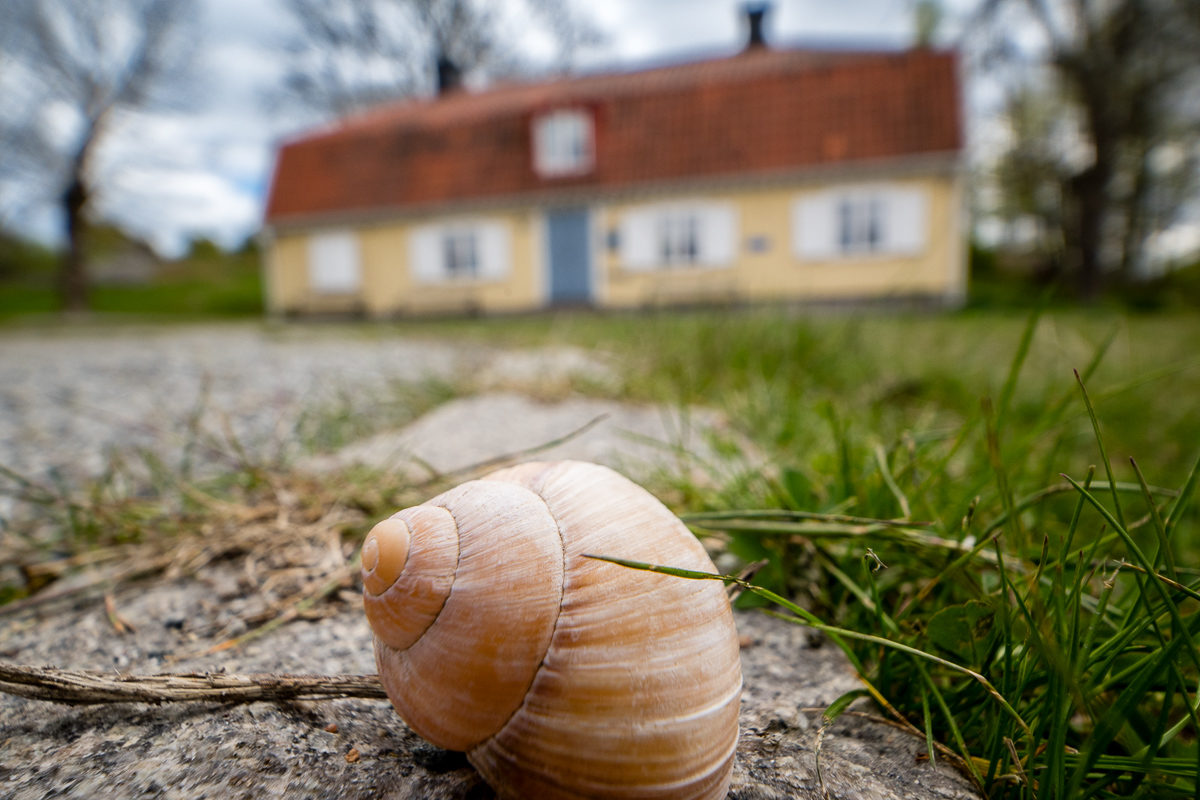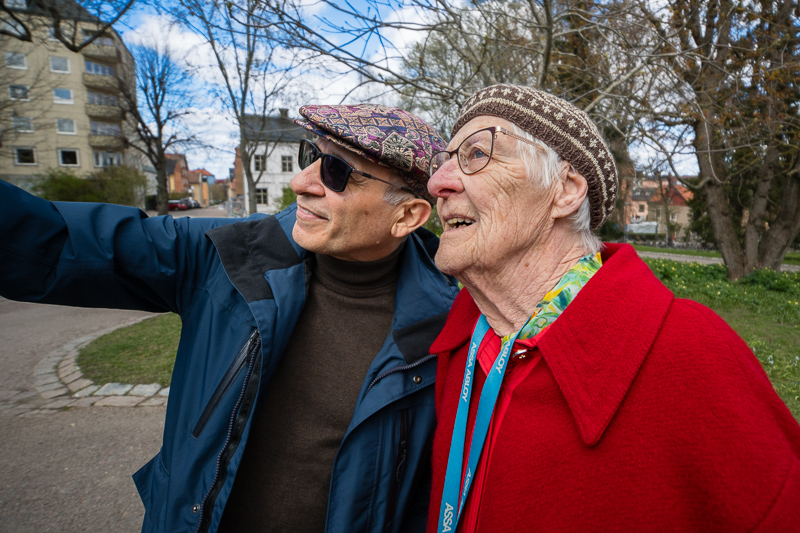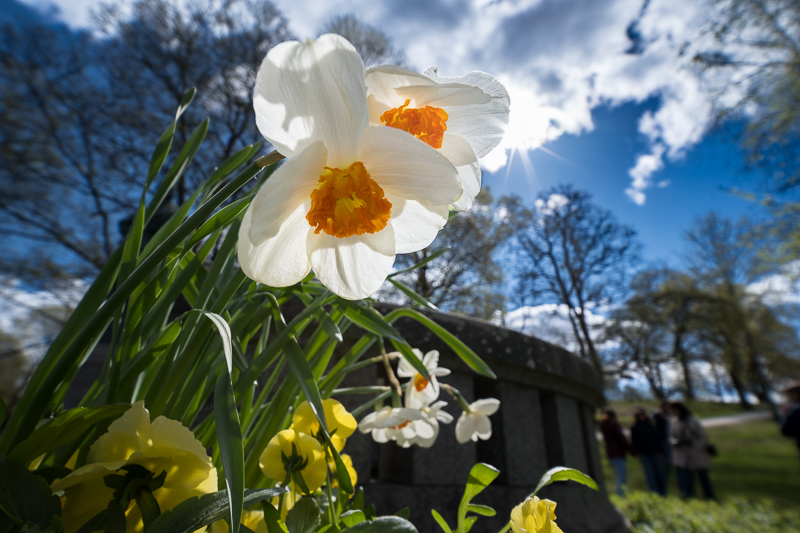
With the growing interest in analogue photography, as Bastian so inspiringly explores in his Analogue Adventures, I too have decided to create a series of film-related articles. I’ve chosen not to use the same title, as my own relationship with film photography goes back to a time when it was simply photography to me. While Film Photography would feel like the most natural title, I’ve decided to go with Analogue Photography instead, to keep a sense of continuity with Bastian’s series.


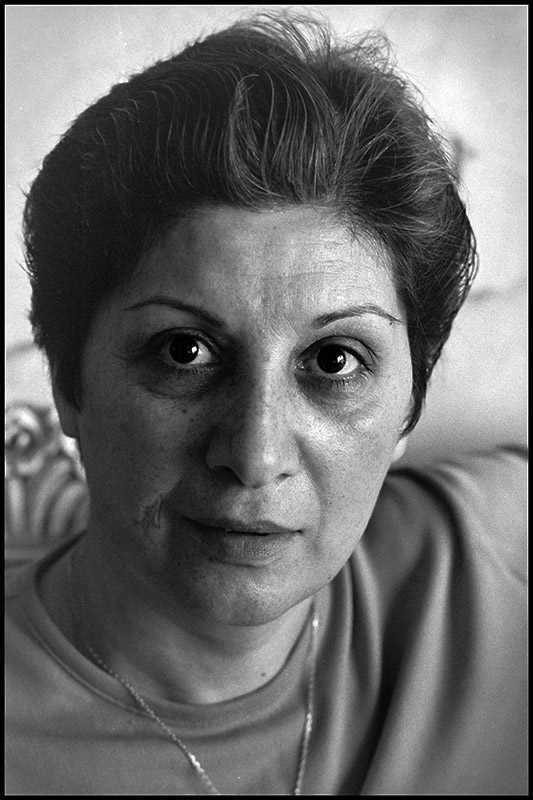

Continue reading Analogue Photography – Part 1: A Personal Journey into Film Photography 1/2
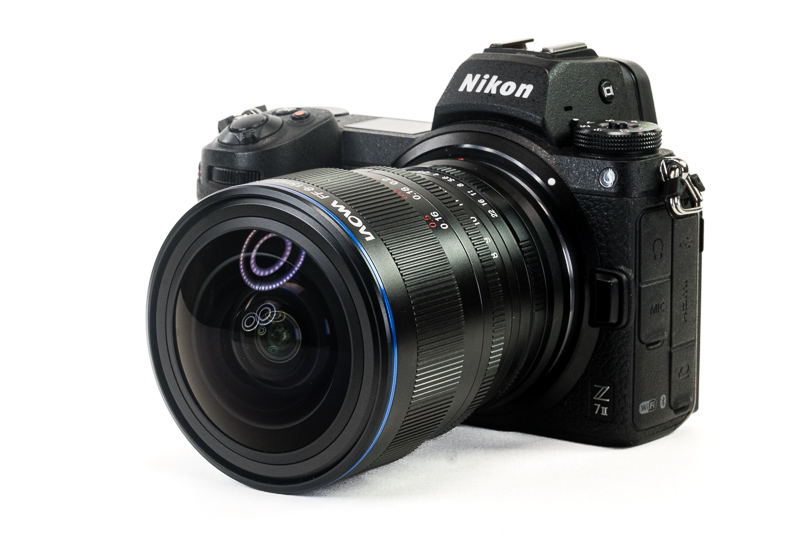
 You can see this review as a
You can see this review as a 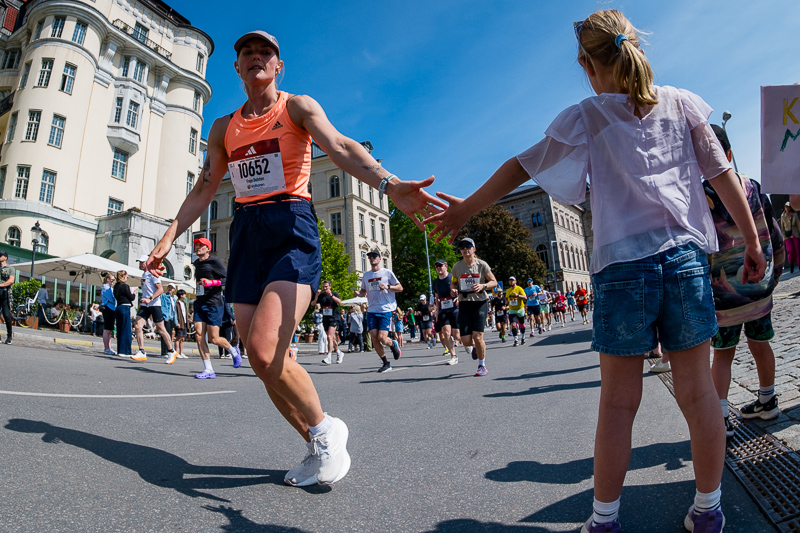

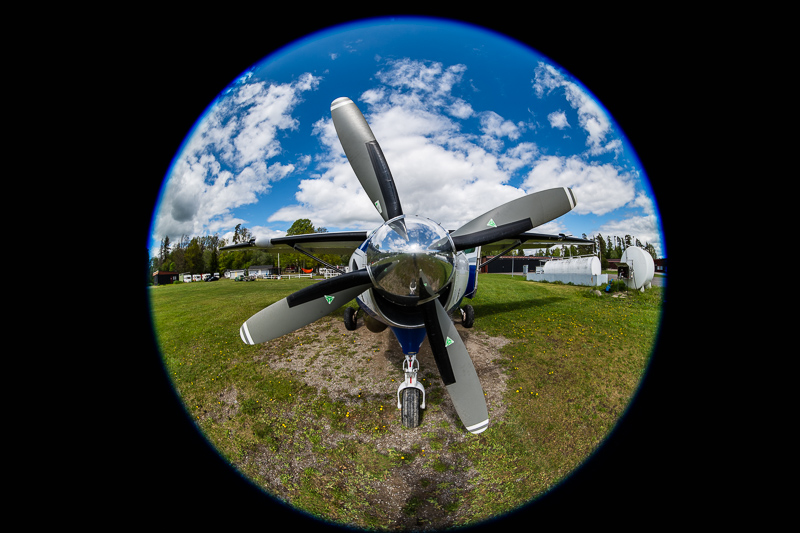
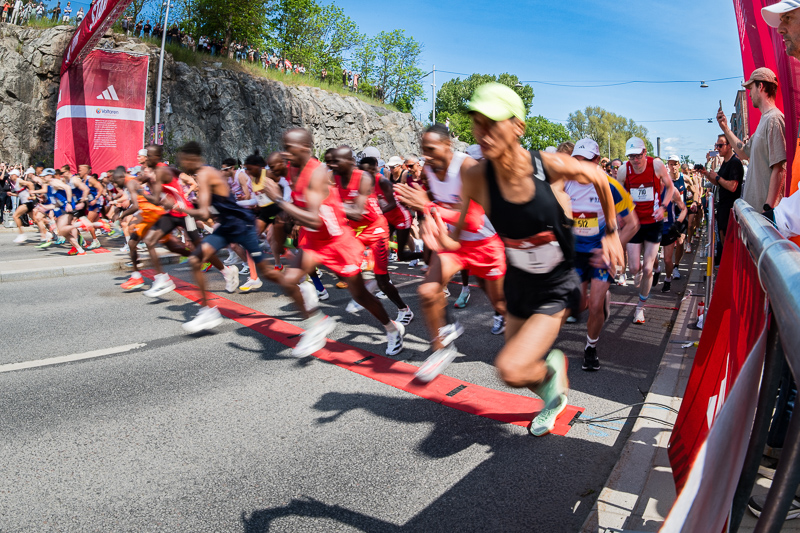
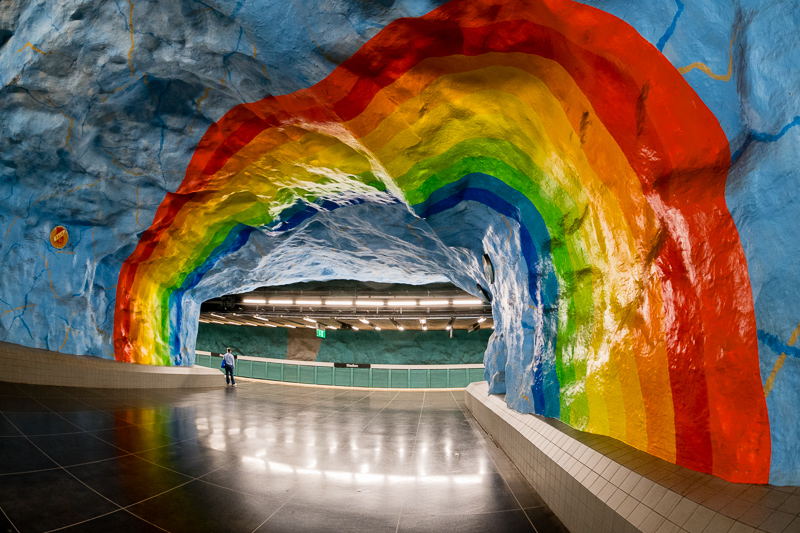
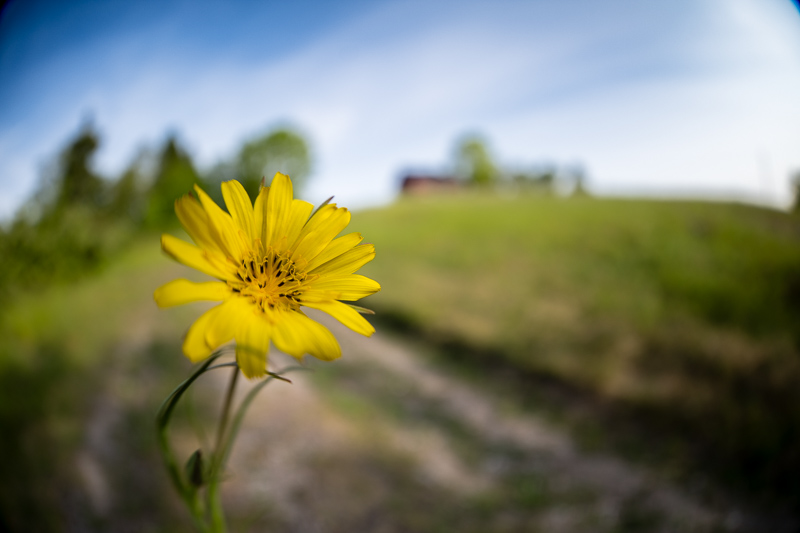
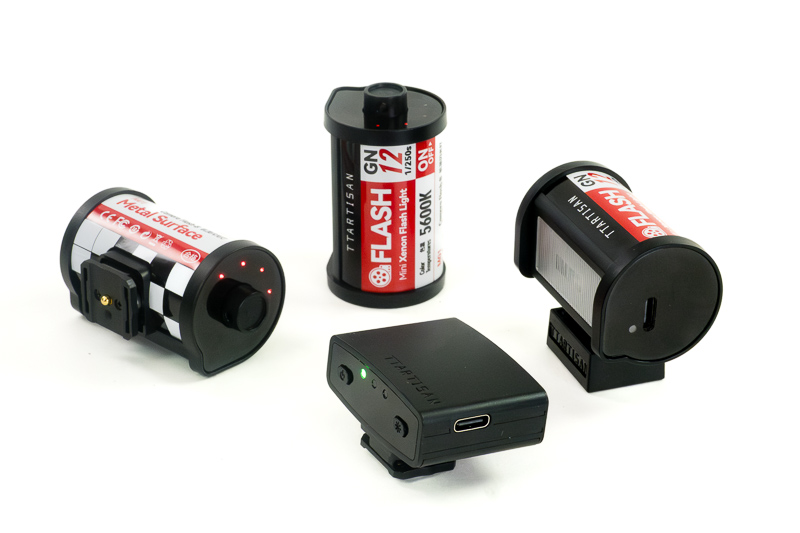

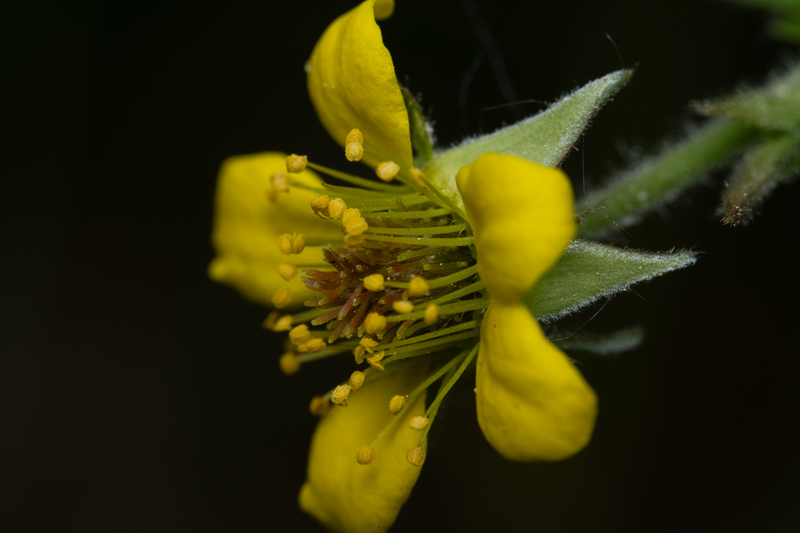
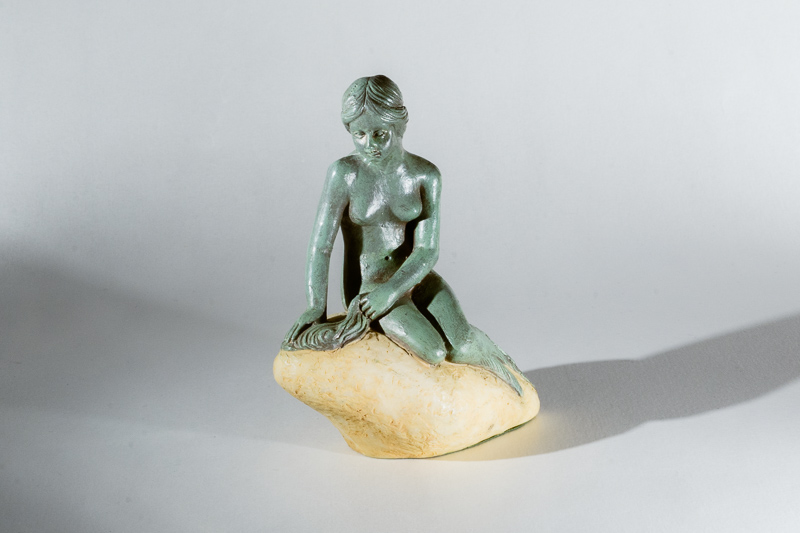
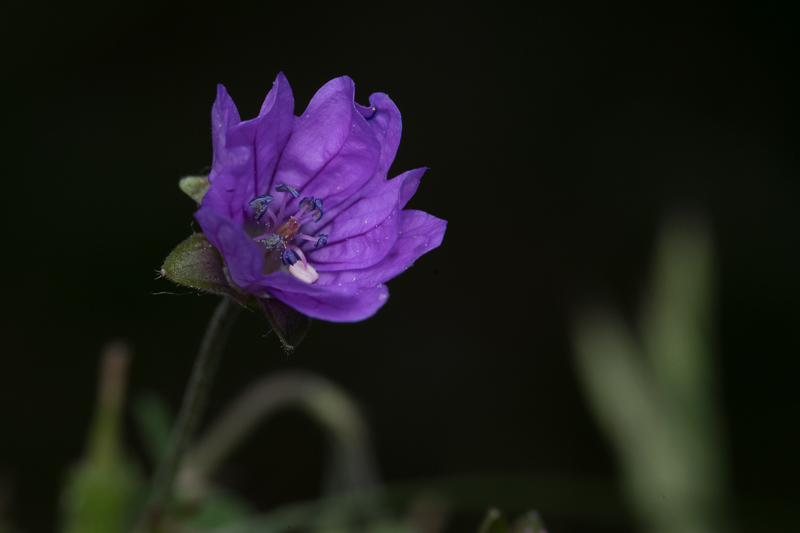
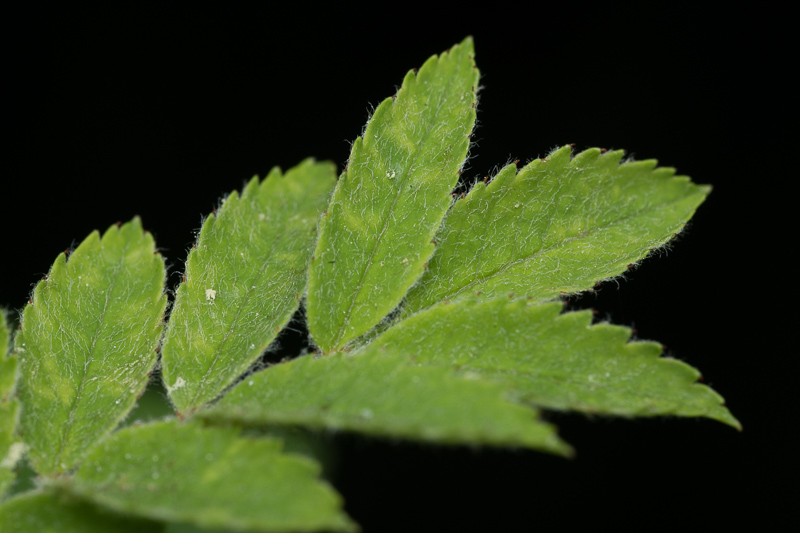
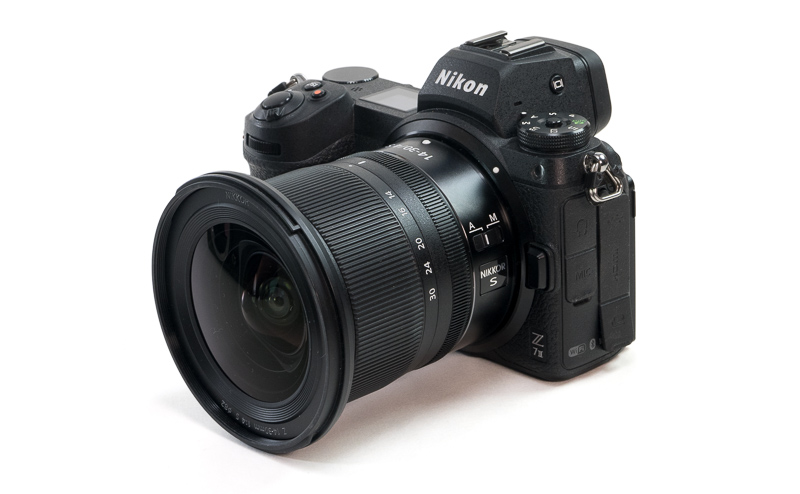
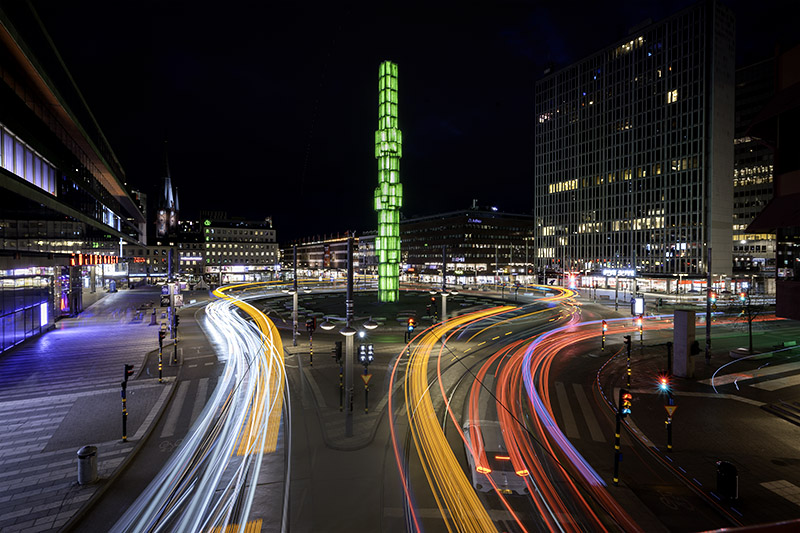

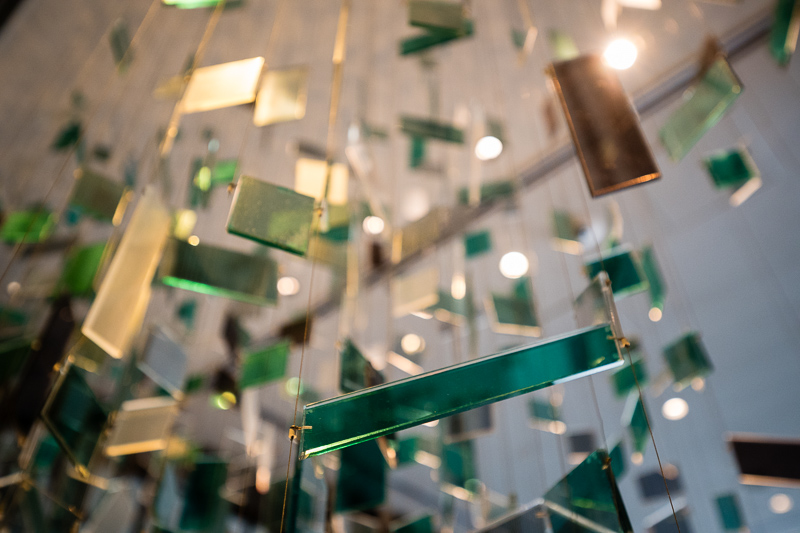


 Introduction
Introduction
